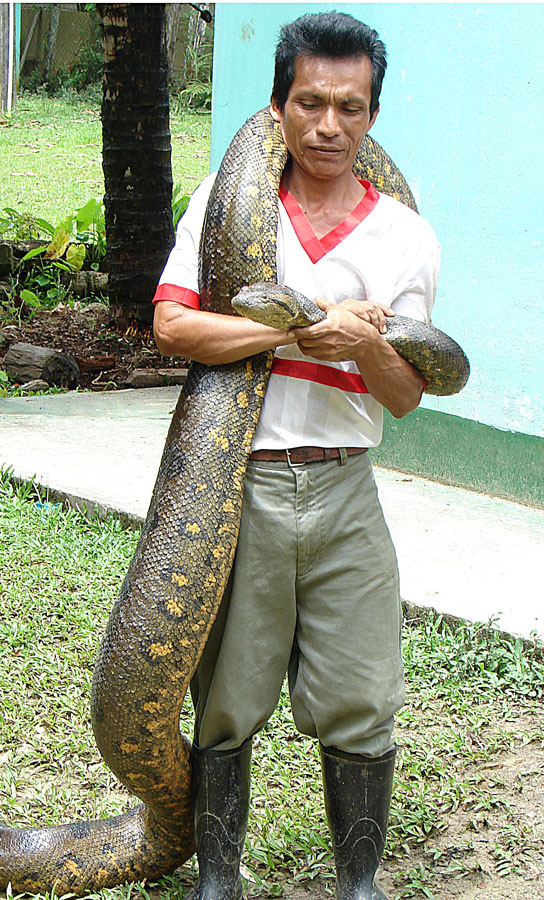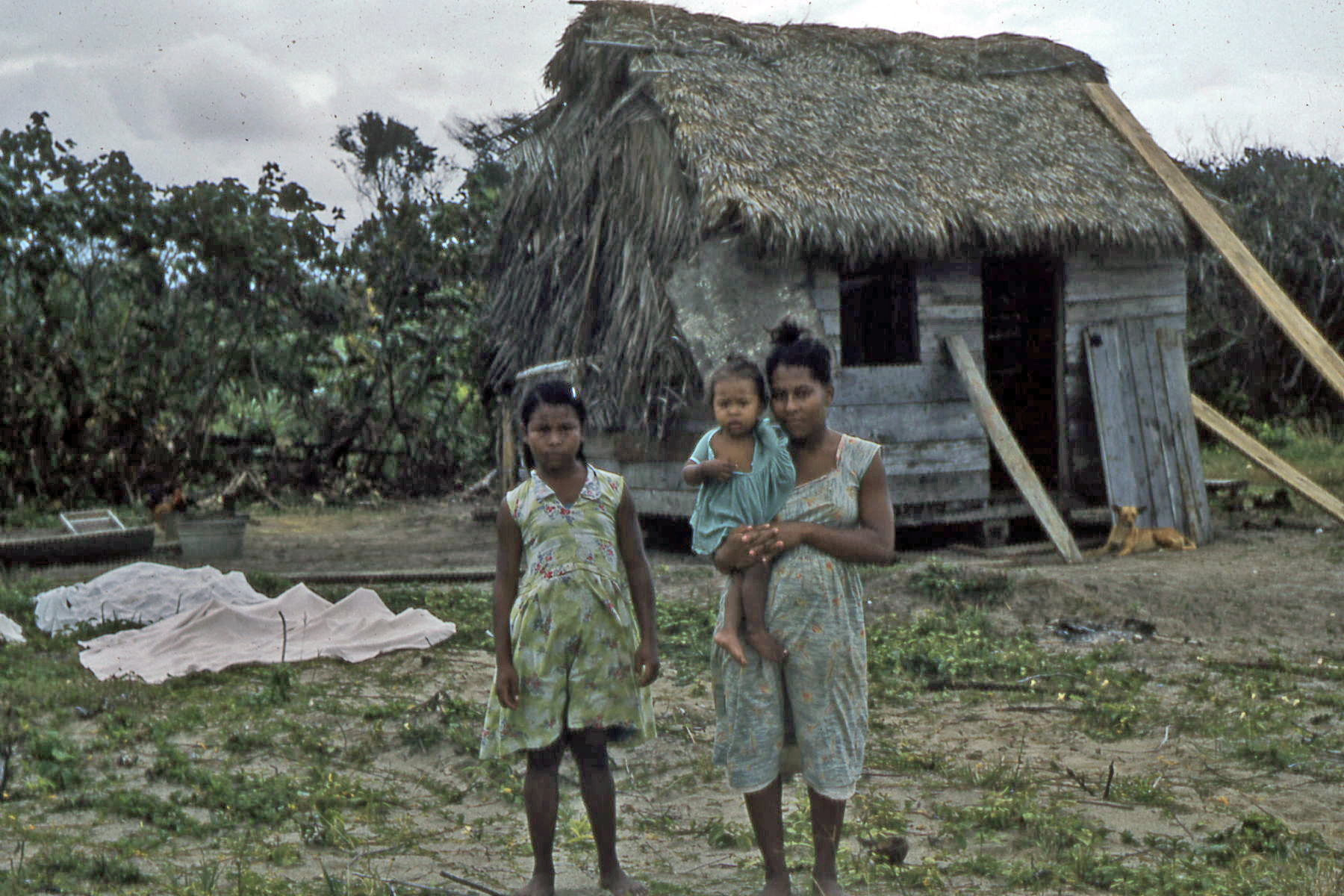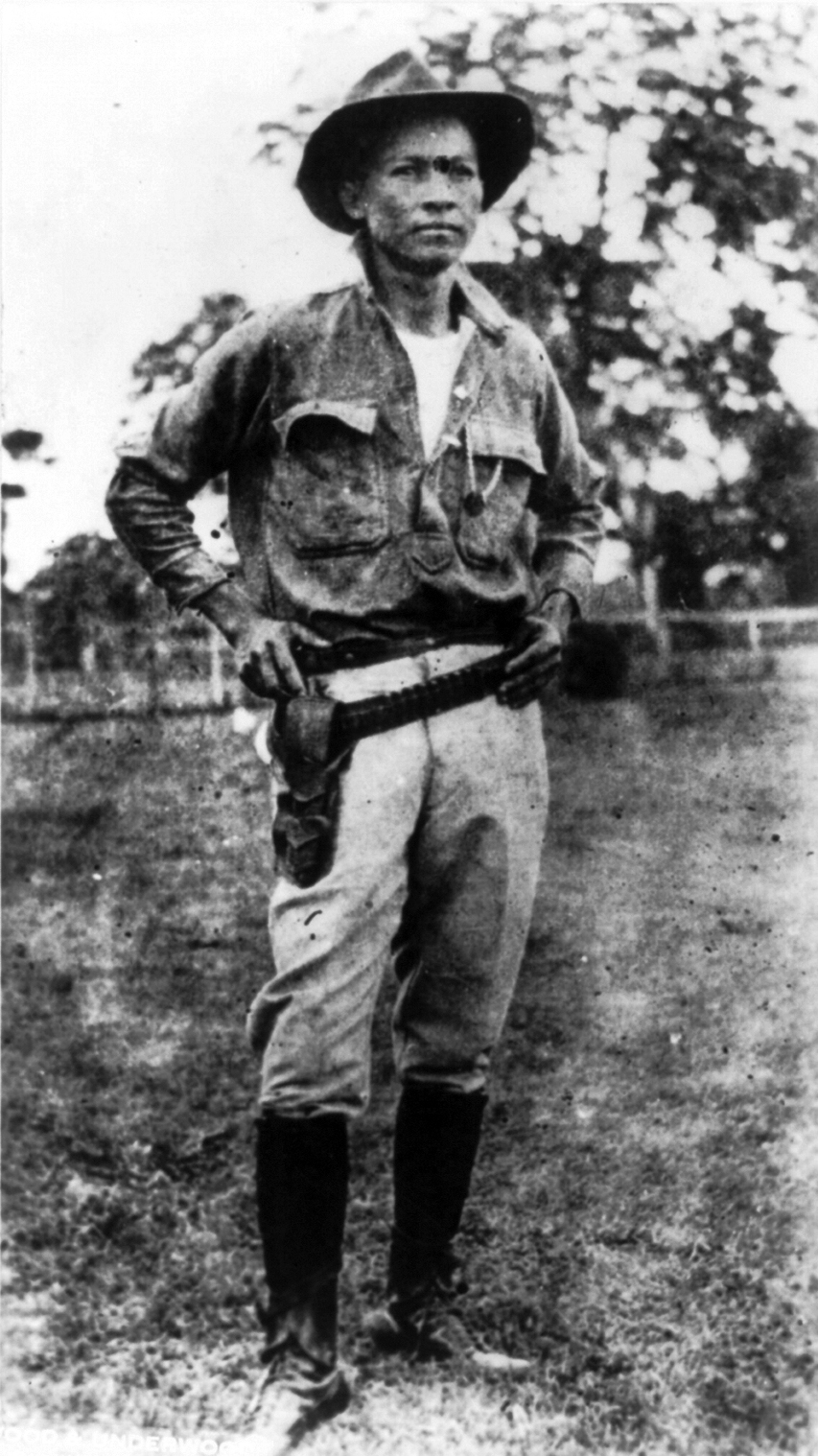The blog to end all blogs. Reviews and comments about all and everything. This blog is NOT affiliated with YouTube, Wikipedia, Microsoft Bing, Gemini, ChatGPT or any commercial vendor! Links don´t imply endorsement. Many posts and comments are ironic. The blogger is not responsible for comments made by others. The languages used are English and Swedish. Content warning: Essentially everything.
Tuesday, February 25, 2025
Black monday
Wednesday, June 28, 2023
The Nagas of Brazil
Thursday, March 2, 2023
End of an illusion: From Sandinismo to Orteguismo
The Fourth International no longer supports the Sandinistas...
Ortega strips nationality from 94 opponents
Nicaraguan government outlaws feminist groups
Nicaragua: Daniel Ortega and the Ghost of Louis Bonaparte
Tuesday, November 8, 2022
Beware of the Hatman
 |
| Men wearing hats |
Some kind of demonic entity, or just good ol´ psychosomatic illness bizniz-as-usual?
Series of bizarre illnesses around the world "all have same cause", claims expert
Tuesday, March 1, 2022
Son-of-a-bitch of Yankee Imperialism?
.jpg) |
| Hugo Torres |
I don´t claim to know exactly what´s going on in Nica at the moment, but here is an article criticizing Daniel Ortega, published in Green Left, the de facto publication of the Socialist Alliance in Australia (the former SWP and DSP). The article is written "in a personal capacity". At least during the 1980´s, this political current strongly supported the Sandinistas.
Nicaragua: Obituary for a "son-of-a-bitch of Yankee Imperialism"
Wednesday, January 5, 2022
Still on the Managua trail
Not sure what to make of this, but will link anyway. The far left site Grayzone claims that the recent Nicaraguan elections weren´t as undemocratic as reported in the main stream media. The incumbent president Daniel Ortega of the left-wing Sandinista Front was re-elected in a virtual landslide. Note the article´s attacks on Chile and Peru!
Saturday, December 11, 2021
Något om Nicaragua
Intressant artikel om Nicaragua, översatt av Flamman från franska La Monde Diplomatique. Ortega vann mycket riktigt presidentvalet som nämns i artikeln. Observera att sandinisterna trots kompromisserna med högern och kyrkan faktiskt verkar bedriva ett slags vänsterpolitik.
Friday, December 10, 2021
Hoppsan
Tuesday, November 23, 2021
Thursday, July 29, 2021
Saturday, February 16, 2019
Uniquely on the left
Among Contras and Zambos
Sunday, September 2, 2018
The rise and fall of a "workers' and farmers' government"
| Credit: Osopolar |
As far as I know, the SWP analysis of Nicaragua is unique, at least among organizations with their origins in Trotskyism. The Fourth International seems to have continued supporting the Sandinistas even after their electoral defeat in 1990, while the more dogmatic Trotskyists (such as the notorious Simon Bolivar Brigade) had opposed the Sandinistas "from the left" ever since the revolution in 1979, arguing that the FSLN compromised too much with the liberal and conservative groups in Nicaragua. By contrast, the SWP strongly supported the Sandinista leadership, including the signing of the Esquipulas II agreement in 1987 (seen as a "sell out to imperialism" by the harder Trotskyists), becoming sharply critical only in 1989-90. I admit that I was surprised, due to the strongly pro-Sandinista flavour of this particular current! After all, the SWP had always condemned as "ultraleft" and "sectarian" those who refused to support the FSLN, and now they had (seemingly) ended up in the same camp themselves!
In retrospect, I think the SWP's position was logical. As already mentioned, they expected the Sandinista Front to lead a Cuban-style transformation of Nicaraguan society, if not immediately, then at least after a transitional period of nominal co-government or co-existence with liberals and moderates. That's how Castro did it in Cuba, after all. (A nefarious critic could call it "salami tactics"!) When it became clear that the FSLN wouldn't deliver, the SWP couldn't contain their disaffection. Indeed, the SWP seems to have been just as dogmatic as the orthodox Trotskyists, but in a very different political direction. Around the time "The Rise and Fall of the Nicaraguan Revolution" was published, they had actually began to promote North Korea (!) as an alternative alongside Cuba.
The main theoretical concept used by the SWP in analyzing the Nicaraguan revolution is "the workers' and farmers' government", a transitional, anti-capitalist government that is neither capitalist nor yet fully socialist. By its very nature, this transitional regime can move both backwards and forwards. In Cuba, it moved "forwards" and eventually turned the country into a "workers' state", i.e. abolished capitalism completely in favour of a planned economy, etc. This happened when Castro removed the liberal elements, and officially declared his regime Marxist-Leninist. In Algeria, the transitional regime of Ben Bella went "backwards" and was eventually overthrown by Boumedienne, whom the SWP regards as "capitalist". In Grenada, a similar transitional regime headed by Maurice Bishop was overthrown by Bernard Coard (a "Stalinist" in SWP's terminology), with Coard in his turn being overthrown by U.S. troops invading the island. In Nicaragua, the FSLN-dominated regime was a "workers' and farmers' government" suffering a peaceful electoral defeat in 1990. This issue of "New International" doesn't contain a closer theoretical analysis of the concept, but I think it's obvious that "the workers' and farmers' government" is a pretty elastic category. For instance, why wasn't Coard's coup against Bishop a step forwards, towards a "workers' state"? Coard was a more dogmatic Marxist than Bishop, and might very well have abolished capitalism on Grenada! Why doesn't the SWP define present-day Venezuela as a "workers' and farmers' government"? Why is North Korea - which has the strictest planned economy in the world - still a "workers' and farmers' government"? What on earth is the North Korean regime transitioning towards?
Still, SWP's theories saved them from the embarrassment suffered by the Fourth International, which had declared Sandinista Nicaragua to be an actual "workers' state" (like Lenin's Soviet Russia!), only to see this workers' state be peacefully abolished by an electoral defeat in 1990.
With that, I close this admittedly somewhat "esoteric" review.
Sandino Vive
However, what captured my attention was his mocking attack on Sandino, the revolutionary nationalist who fought the U.S. Marines in the 1930's. Apparently, Sandino was a "political oddball", a "mystic, a visionary, a hearer of voices, a believer in reincarnation". Sandino was the official representative in Nicaragua of the Magnetic-Spiritualist School of the Universal Commune, which blended Zoroastrianism, Kabbalah and Spiritism with the politics of communism and anarchism. The result was a "spiritism of Light and Truth", which would usher in a new and final dispensation of human history. Sandino's rebel army used a symbol showing a pyramid, the Star of David and an anchor surrounded by a sunburst.
This is supposed to be criticism?! Sounds like my kind of guy!
I knew that Sandino was politically closer to anarchism than to Marxism, but this was the first time I heard that he was also an occultist. In my younger days, the local "anarchists" (libertarian socialists) used to annoy the local Marxists by pointing out that Nicaragua's revolutionary hero was really an anarchist. Clearly, they didn't know half of it!
Now we do.
Am I being flippant, you probably wonder? Maybe. And then, maybe not...
Sunday, August 5, 2018
Sandinistas speak, but only for so long
Well, almost. The FSLN took power in Nicaragua in July 1979. In December 1979, I was a passanger onboard a commercial Spanish airliner which temporarily stopped at Managua, the capital of Nicaragua. Due to the "security situation" we weren't allowed to leave the plane. A couple of hours later, we resumed our flight, leaving Nicaraguan airspace. The "security situation", of course, was the Sandinista revolution!
:D
"Sandinistas Speak" is a book published by Pathfinder, the publishing arm of the ex-Trotskyist Socialist Workers Party. It's a thin volume, a pamphlet more than a book. Also, the contents are pretty thin. It only contains two interesting documents, "The Historical Program of the FSLN" and an article by FSLN founder Carlos Fonseca called "Nicaragua - Zero Hour".
Otherwise, it's a rather motley collection of speeches, articles and interviews with various Sandinista leaders. One article affirms freedom of religion and states that revolutionary Christians might become members of the FSLN. Another is a speech by FSLN leader Daniel Ortega at a meeting in Cuba, outlining the foreign policy of the new Nicaraguan government. There is also an extensive interview with Humberto Ortega by the Cuban-Chilean reporter Marta Harnecker.
Yet another text is a transcript of a presentation by Tomás Borge, forthrightly dealing with some of the problems besetting the Sandinistas immediately after the revolution, including looting and revenge killings. As a sidepoint, Borge tells a weird anecdote about his imprisonment by Somoza's dictatorship. The prison guards were obviously dull: they allowed Borge to read Karl Marx's book "Capital", believing it to be a capitalist book, while prohibiting him from reading a New Age book on "psychic energy", fearing that this might help him escape!
What a pity you can't make a revolution with the help of psychic energy. It would solve a lot of problems...
Still, I was dissatisfied with this book overall. "Sandinistas Speak" may have worked as inspirational literature for political activists when it was first published, but it seems to be of little use to serious students of the Sandinista revolution


_logo.png)


%E9%9B%99%E9%82%8A%E6%9C%83%E6%99%A4_(32074399712).jpg/1024px-01.10_%E7%B8%BD%E7%B5%B1%E8%88%87%E5%B0%BC%E5%8A%A0%E6%8B%89%E7%93%9C%E7%B8%BD%E7%B5%B1%E5%A5%A7%E5%BE%B7%E5%98%89(Jos%C3%A9_Daniel_Ortega_Saavedra)%E9%9B%99%E9%82%8A%E6%9C%83%E6%99%A4_(32074399712).jpg)
.jpg/440px-Daniel_Ortega_2014_(cropped).jpg)



